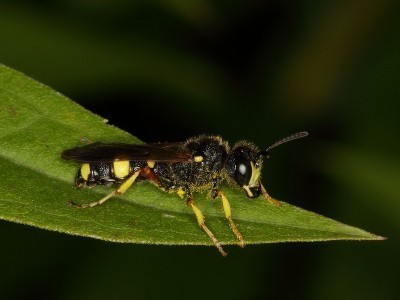






You might think that the last thing you want in your garden is wasps, but some wasps are beneficial insects, pollinating garden flowers and helping in the fight against pests that damage garden plants. There are several different types of wasps that are predatory. Predatory wasps collect insects by the dozens to provision their nests or they use harmful insects as hatcheries for their young.
Although there are many different types of predatory wasps, most of them have a few things in common. They are generally 1/4-inch or so in length and capable of delivering a painful sting. They vary in appearance, but most of them have bright yellow or orange bands of color. The flashy colors act as a warning to any animal that may want to eat them. All predatory wasps have four wings and a skinny, thread-like waist that connects the thorax to the abdomen. You may encounter some of these predatory wasps in gardens:
what can diseases that can kill my plant
What are the little bugs on my flowers
Gardening - What are Annuals and Biennials?
What are the Different Types of Bees
Concrete Waterproofing What Are The Benefits?
What Are Some Flowers That Bloom All Year Long Or Last A Long Time?
What Are Aerial Roots: Information About Aerial Roots On Houseplants
Copyright © www.100flowers.win Botanic Garden All Rights Reserved